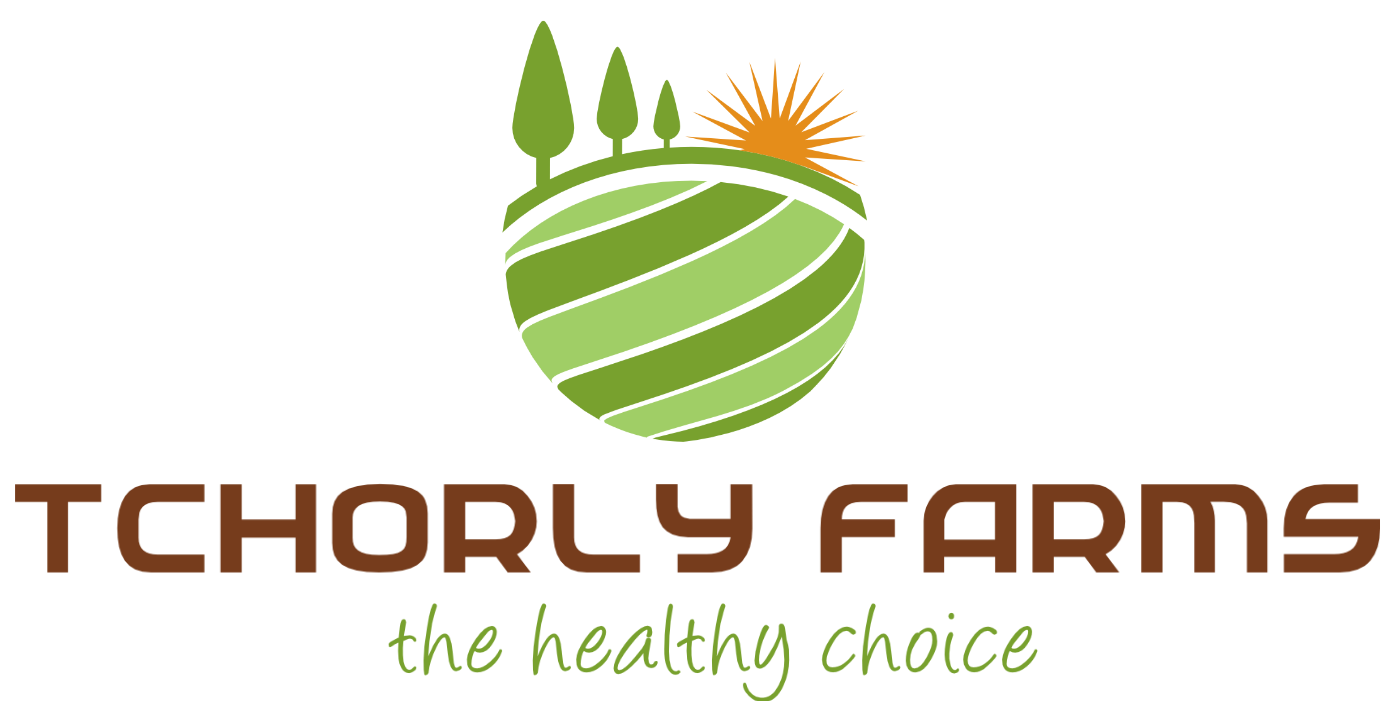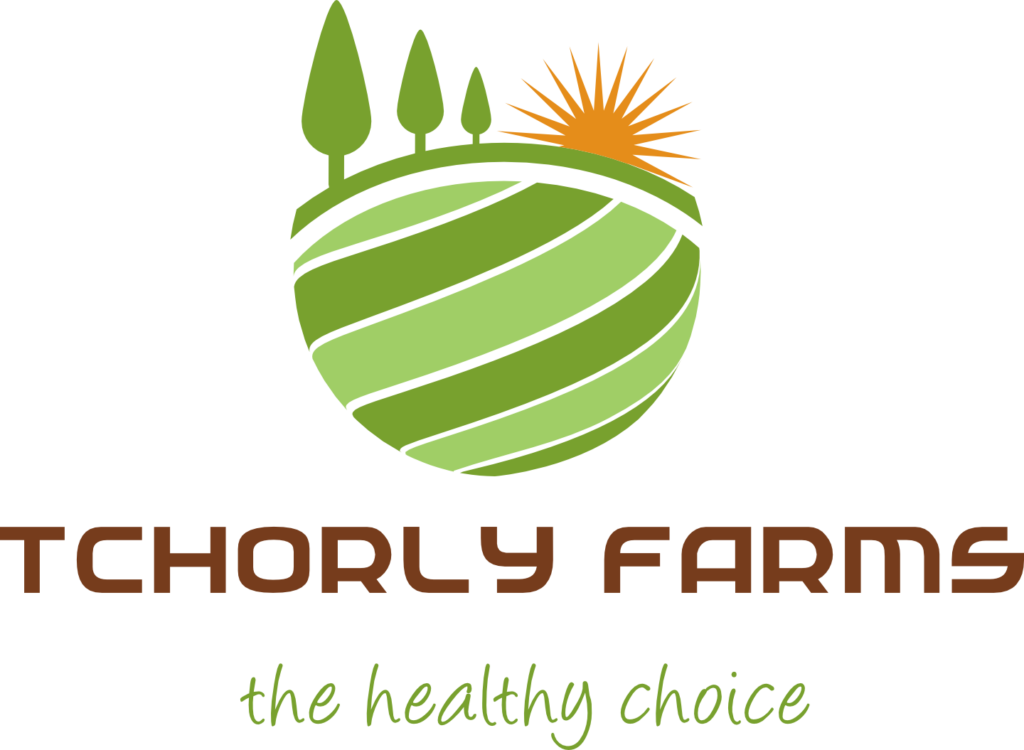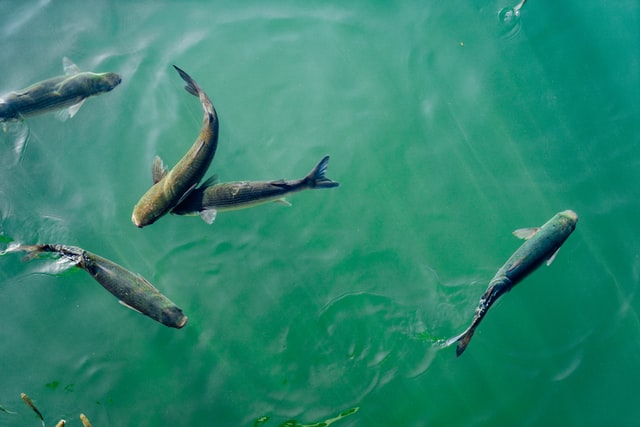Fish feed manufacturing involves the processing of mixtures of ingredients and feed additives into a usable form. There are several goals and considerations in feed manufacturing, some of which are nutritional and some of which are non – nutritional. The primary goal is to increase profits of fish production by maximizing the nutritional value of a feedstuff or a mixture of feedstuffs at minimum cost. Depending on the fish species and size, this process may range from a simple reduction of particle size to forming feed pellets through steam pelleting or extrusion. Fish feeds are unique compared to feeds used for terrestrial animals grown for food because fish feeds must be processed into water stable pellets, and for many species, must float on the water surface.
I must explain to you how all this works

The factories we engage have considerable experience with the manufacture of different rations. It has the necessary pelleting equipment and resident technical expertise to undertake such a venture. With our latest client, It is anticipated that approximately 2.5–3.5 tonnes of starter feed, 16–22 tonnes of fingerling feed, and 56–75 tonnes of production feed are manufactured to meet the clients target of 50 tonnes of trout. This calculation is based on a farm food conversion ratio of 1.5–2.0, and a survival from egg (700,000 individuals) to 5g fish of 50%, a survival of 71.4% from 5g to 50g fish, and a survival of 80% from 50g to 250g fish.


